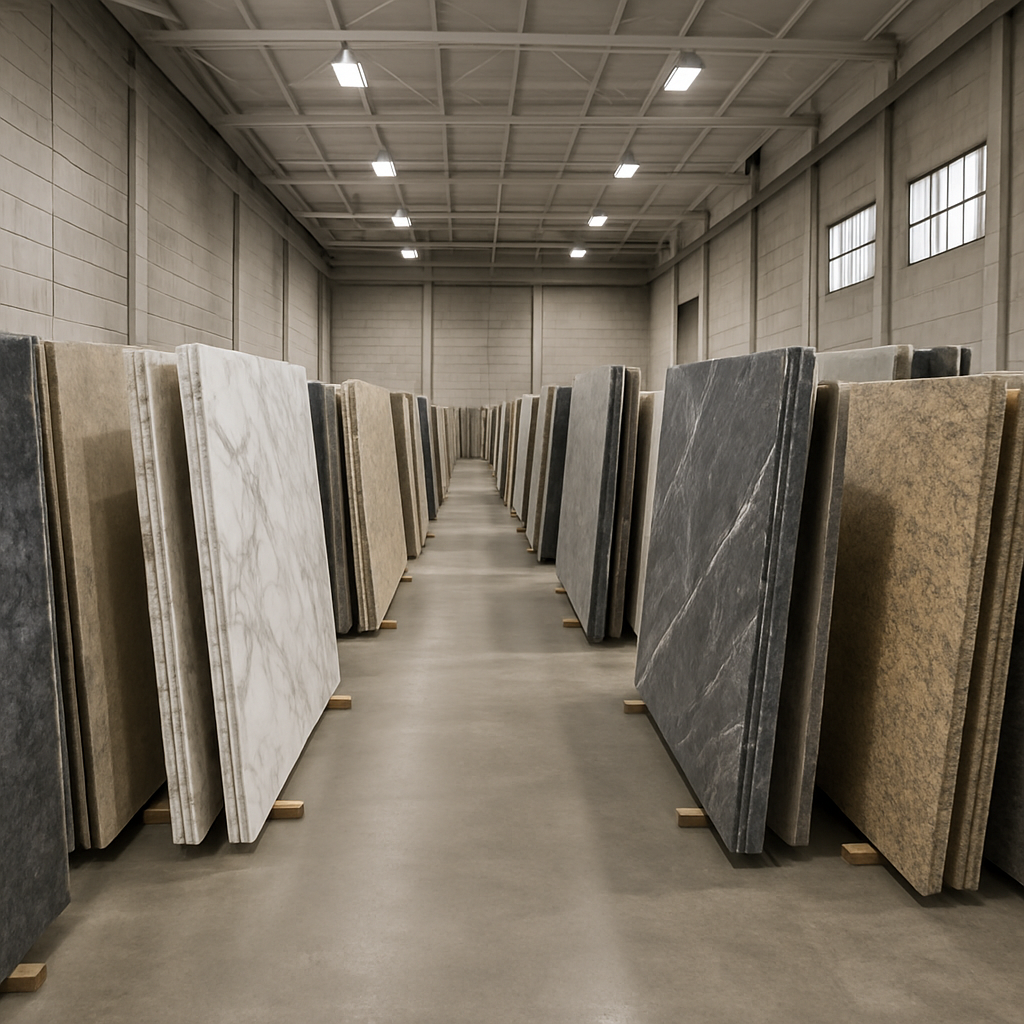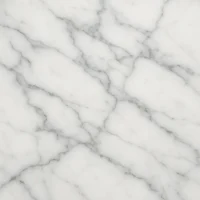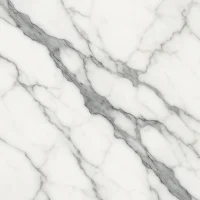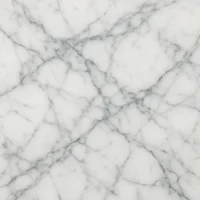Azul Domar Granite Countertops
Azul domar granite brings the vivid blues and greens of the Brazilian coast into your home. This stunning natural stone, quarried in Brazil, features deep ocean-inspired colors with white veining that resembles waves. Despite its name in the stone trade, azul domar granite is technically a quartzite that formed from sandstone under extreme heat and pressure over millions of years. The result is an exceptionally hard, durable surface that works beautifully in both residential and commercial spaces.
The name translates to “Blue of the Sea” in Portuguese, a fitting description for stone that captures the movement and depth of ocean water. Each slab is unique, with variations in color intensity and veining patterns that make your installation truly one of a kind.
Origin and Formation
Azul domar granite comes from quarries in Brazil, a region known for producing some of the world's most sought-after natural stones. The stone started as sandstone deposited on ancient sea beds. Over millions of years, tectonic forces subjected these sediments to intense heat and pressure, transforming them into the dense, crystalline quartzite we see today.
This metamorphic process gives azul domar granite its exceptional hardness and durability. The blue and green colors come from trace minerals present during formation. Iron compounds create the green tones, while other minerals produce the vibrant blues. White quartz veins run through the stone, creating the wave-like patterns that define its appearance.
Brazilian quarries extract the stone in large blocks, which are then cut into slabs for fabrication. The quality and color intensity can vary between different sections of the quarry, making each extraction unique.
Applications and Uses
Azul domar granite works well for kitchen countertops, where its hardness stands up to daily use. The stone resists heat, so you can place hot pots directly on the surface without damage. It also resists scratches better than many other natural stones, making it practical for busy kitchens where cutting and food prep happen constantly.
Bathroom vanities benefit from the stone's water resistance and striking appearance. The blue and green tones create a spa-like atmosphere, while the polished finish reflects light to brighten smaller bathrooms. The stone handles moisture well and won't stain from common bathroom products when properly sealed.
Wall cladding and backsplashes showcase the stone's visual impact. A full wall of azul domar granite becomes a focal point in any room. The veining patterns work especially well when book-matched, creating mirror images that amplify the stone's natural drama.
Flooring applications take advantage of the stone's durability. High-traffic areas in commercial lobbies or residential entryways can handle the wear. The stone's slip resistance when honed makes it suitable for areas prone to moisture.
Outdoor applications include facades, pool surrounds, and patio surfaces. The stone's density makes it resistant to freeze-thaw cycles and weather exposure.
Design and Aesthetic Appeal
The dominant blues range from deep navy to bright turquoise, often appearing in the same slab. Green tones add depth and complexity, creating color shifts depending on lighting conditions. White and cream veining cuts through the darker colors, providing contrast and movement across the surface.
Lighting dramatically affects how the stone appears. Natural daylight brings out the blues, while warm indoor lighting emphasizes the green undertones. Under cabinet lighting in kitchens makes the polished surface shimmer.
The stone pairs well with white or light gray cabinets, allowing the blue tones to stand out. Dark wood cabinetry creates a dramatic contrast. Stainless steel appliances complement the cool color palette. For backsplashes, white subway tiles or glass mosaics in blue or green tones work well without competing with the countertop.
Finish options change the stone's character. Polished finishes create a glossy, reflective surface that intensifies colors. Honed finishes offer a matte look with softer tones. Leathered finishes add subtle texture while maintaining color depth.
Caring for Azul Domar Granite
Daily maintenance requires only mild soap and water. Wipe spills promptly to prevent any potential staining, though the stone naturally resists most household substances. Avoid acidic cleaners like vinegar or lemon juice, which can dull the polish over time.
Sealing protects the stone from stains and moisture penetration. Apply a quality stone sealer when first installed, then reapply every one to three years depending on use. Test if sealing is needed by placing a few drops of water on the surface. If the water beads up, the seal is intact. If it soaks in within a few minutes, reseal the stone.
For stubborn stains, create a poultice using baking soda and water. Apply the paste to the stain, cover with plastic wrap, and let it sit for 24 hours. The poultice draws out the stain as it dries.
Avoid placing extremely heavy objects on unsupported spans, particularly on islands or overhangs. While the stone is strong, concentrated weight on thin areas can cause cracking.
Use cutting boards and trivets as good practice, even though the stone can handle direct cutting and heat. This extends the life of your knives and maintains the polished finish longer.
Transform Your Space with Azul Domar Granite
Ready to see how azul domar granite looks in your home? Visit our showroom to view full slabs and experience the color variations firsthand. Our team will help you select the perfect slab for your project and guide you through the fabrication process. Schedule your appointment today or contact us for pricing and availability. Your dream kitchen or bathroom starts with the right stone.















